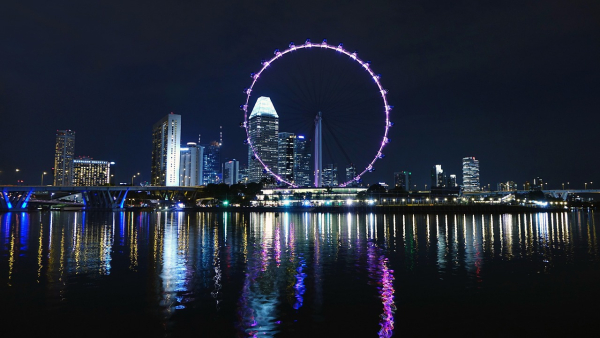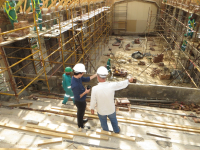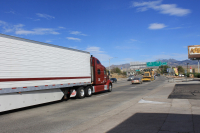Simplifying Immigration with Technology
Starting this Tuesday, individuals driving between Singapore and Malaysia can utilize self-generated QR codes through the MyICA mobile application, replacing the need to present physical passports at the Woodlands and Tuas checkpoints. This initiative aims to significantly reduce the immigration processing time by over 30%, offering a quicker passage for travelers without sacrificing the integrity of border security measures.
Eligibility and Implementation
The QR code system is available to both Singapore residents and foreign travelers, facilitating group codes for up to 10 passengers within the same vehicle. Despite its broad applicability, the service excludes travelers making their first entry into Singapore and those with different passports from their previous visits, ensuring a balanced approach to convenience and security.
Addressing the Demand at One of the Busiest Borders
Singapore's checkpoints with Malaysia, particularly the connection between Johor Bahru and Woodlands, are among the most heavily trafficked international borders in the world. With over 1.8 million travelers crossing in just a few days in early March, the introduction of QR code clearance is a timely enhancement to the immigration process, poised to alleviate congestion and improve the overall travel experience.
A Future of Enhanced Border Efficiency
This QR code initiative is part of Singapore's comprehensive strategy to adopt advanced technology in managing border controls and enhancing security protocols. As the city-state progresses with its trials of biometric processing at Changi Airport, the move towards "passport-free" travel is indicative of Singapore's vision for a seamless, secure, and efficient border crossing process.
Singapore's innovative approach to simplifying travel with Malaysia through QR code technology marks a significant advancement in border management. By prioritizing both efficiency and security, Singapore sets a new benchmark for international travel, offering a glimpse into the future of border crossings worldwide.












